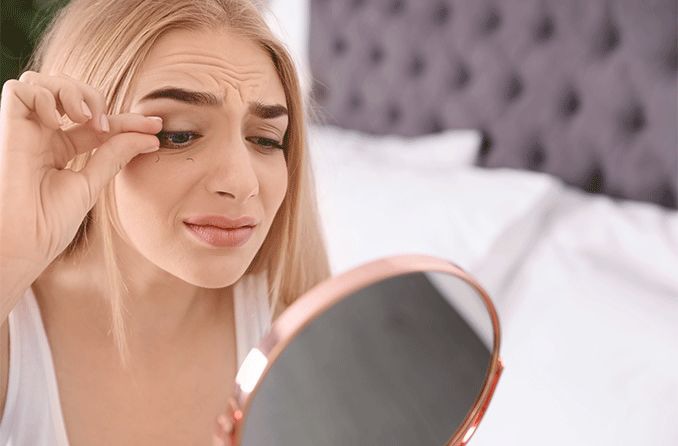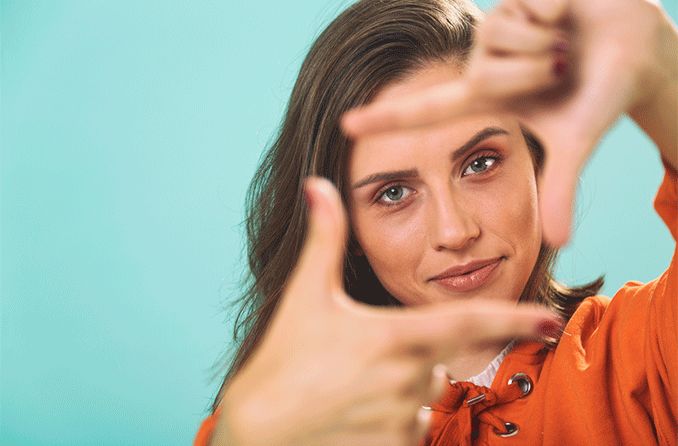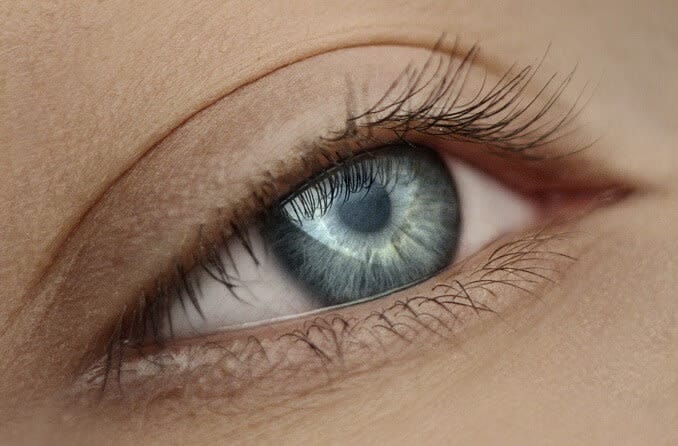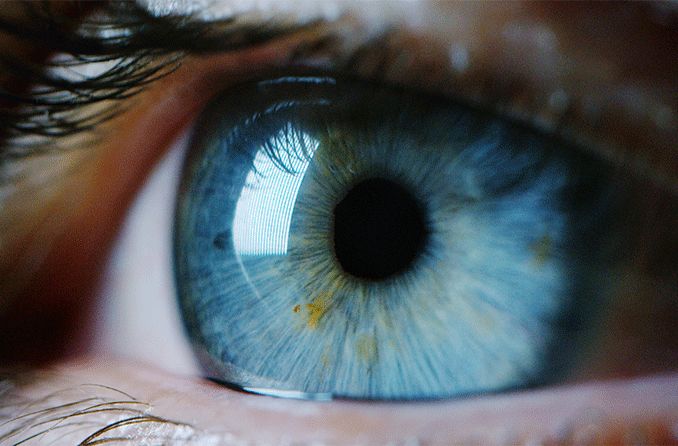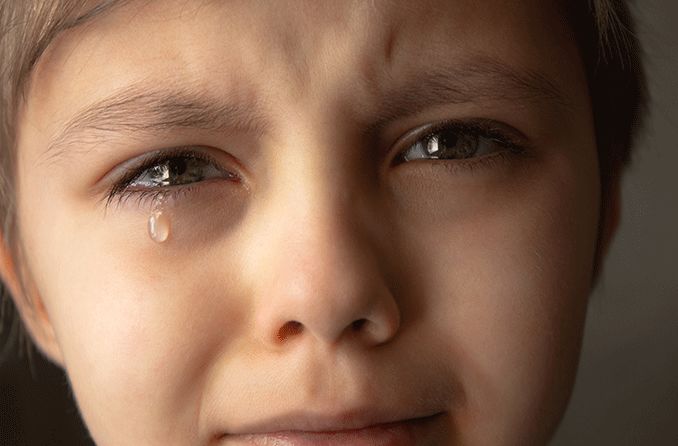Vision develops throughout life, beginning in the womb and continuing into late adulthood. Physical growth of the eyes is a strategic part of this development, though this growth only takes place about twice in a lifetime.
Infant eyes measure in at around 16.5 millimeters at birth and eyes will eventually be about 24 millimeters when they are fully grown. This is made possible by two eye growth spurts: one in the first two years of life and one in puberty.
Do eyeballs grow?
Eyeballs grow and develop significantly from birth to age 2, as a baby becomes used to the surroundings outside the womb. At birth, the eyes are roughly 65% of the size they’ll be in adulthood.
The second major growth stage begins during puberty as adult vision develops, preparing the eyes for various maturing eye conditions.
The first eye growth spurt: Infancy to 2 years
In their first month, babies begin to see color. By months two and three, they develop visual acuity (sharpness of vision). These two milestones improve in the next few months, which is checked off at a baby’s first eye exam (recommended at 6 months of age). By the end of their first year, a baby begins coordinating their vision with their movements.
Eyes must accommodate for the vast advancement and amount of activity present, justifying this first major eyeball growth period.
SEE RELATED: The importance of eye contact for child development
The second eye growth spurt: Puberty
Eyes grow once again around the time of puberty, along with the numerous other changes that occur in the body. During this time, the eyes grow to their full size of about 24 millimeters. Once they’ve reached this size, they do not get any bigger.
Visual acuity may also change during this time but will typically stabilize in early adulthood. In other words, if you have nearsightedness or farsightedness in your childhood or teen years, this may progress into your 20s.
When do your eyes stop growing?
Eyes do not continue to grow throughout adulthood. For most people, their eyes reach their full size by age 20 or 21. At this time, your vision prescription may begin to stabilize as well.
How do eyes change as you get older?
Although your eyes only grow twice in your life, the shape of your eyes can change over time and cause focusing problems. This includes refractive errors such as myopia (nearsightedness) and hyperopia (farsightedness).
Myopia is a vision impairment that occurs when the eyeball is longer than normal, making it difficult to see distant objects clearly. This condition is the leading cause of impaired vision in those under 40.
Hyperopia is a vision impairment that occurs when the eyeball is shorter than normal, making it difficult to see nearby objects clearly. About 25% of the population experiences hyperopia.
The two conditions require prescription treatment in the form of corrective eyeglasses or contact lenses. When vision stabilizes in adulthood, some may also opt for laser eye surgery as treatment.
Some eye problems, such as astigmatism, also affect the shape of the eye. Astigmatism is another refractive error that causes blurred or distorted vision, and occurs due to an imperfection in the way the eye’s cornea or lens curves.
Maturing eye conditions
Although your eyes stop growing, the health and shape of your eyes — and your overall vision — can still change. Vision conditions such as presbyopia and cataracts are common among adults later in life, and happen naturally.
Some noted age-related eye conditions include:
Decreased color vision
Though they are relatively normal, not everyone will experience the conditions listed above during the aging process. Contact your eye doctor if you believe you are experiencing any vision changes to receive the proper treatment.
SEE RELATED: How vision changes as you age
Keep your eyes healthy in all stages of life
While certain changes to your vision cannot always be prevented, there are a number of ways that you can keep your eyes in good general health.
These tips can help preserve your vision in the long run:
Wear 100% UV-blocking sunglasses to protect your eyes from harmful ultraviolet (UV) rays.
Always wear protective eyewear when participating in contact sports or activities that may cause harm to the eyes.
Always use clean hands when handling contact lenses or eye makeup.
Use cosmetics that are suitable for use near the eyes, and dispose of old products in a timely manner.
Eat a healthy and balanced diet to promote good eye health.
Have your eyes checked once a year for any changes in your eye health or vision.
Comprehensive eye exams are fundamental to your eye health, whether you experience vision problems or not. Although they are recommended once a year, it’s important not to ignore any problems that may arise, so be sure to contact your eye doctor if you ever notice anything unusual about your vision.
READ NEXT : Microphthalmia: Small eye syndrome


